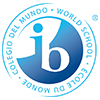Kindergarten Program
Our Curriculum
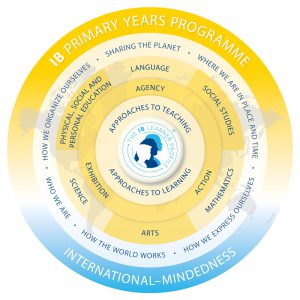
Language, the basis for all learning
| Language Strand | Receptive – Receiving and Constructing meaning | Expressive – Creating and Sharing meaning |
| Oral | Listening | Speaking |
| Visual | Viewing | Presenting |
| Written | Reading | Writing |
Written Language
Second Language

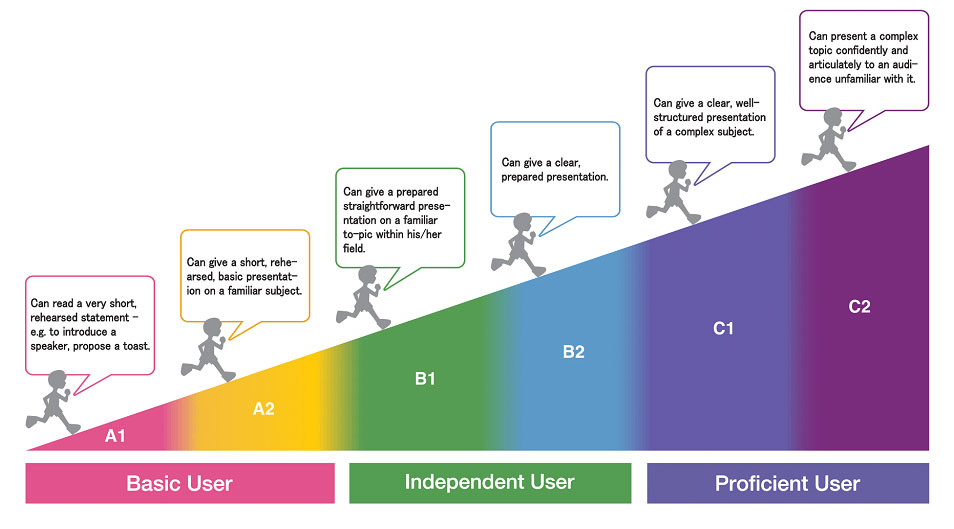
| Common | European | Framework of Reference | PYP Phase | SSIS Grade |
| PROFICIENT USER | C2 | Can understand with ease virtually everything heard or read. Can summarise information from different spoken and written sources, reconstructing arguments and accounts in a coherent presentation. Can express him/herself spontaneously, very fluently and precisely, differentiating finer shades of meaning even in more complex situations | NA | NA |
| C1 | Can understand a wide range of demanding, longer texts, and recognise implicit meaning. Can express him/herself fluently and spontaneously without much obvious searching for expressions. Can use language flexibly and effectively for social, academic and professional purposes. Can produce clear, well-structured, detailed text on complex subjects, showing controlled use of organisational patterns, connectors and cohesive devices. | NA | NA | |
| INDEPENDENT USER | B2 | Can understand the main ideas of complex text on both concrete and abstract topics, including technical discussions in his/her field of specialisation. Can interact with a degree of fluency and spontaneity that makes regular interaction with native speakers quite possible without strain for either party. Can produce clear, detailed text on a wide range of subjects and explain a viewpoint on a topical issue giving the advantages and disadvantages of various options. | 4-5 | G7-8 |
| B1 | Can understand the main points of clear standard input on familiar matters regularly encountered in work, school, leisure, etc. Can deal with most situations likely to arise whilst travelling in an area where the language is spoken. Can produce simple connected text on topics which are familiar or of personal interest. Can describe experiences and events, dreams, hopes & ambitions and briefly give reasons and explanations for opinions and plans | 3-4 | G5-6 | |
| BASIC USER | A2 | Can understand sentences and frequently used expressions related to areas of most immediate relevance (e.g. very basic personal and family information, shopping, local geography, employment). Can communicate in simple and routine tasks requiring a simple and direct exchange of information on familiar and routine matters. Can describe in simple terms aspects of his/her background, immediate environment and matters in areas of immediate need. | 2-3 | G3-4 |
| A1 | Can understand and use familiar everyday expressions and very basic phrases aimed at the satisfaction of needs of a concrete type. Can introduce him/herself and others and can ask and answer questions about personal details such as where he/she lives, people he/she knows and things he/she has. Can interact in a simple way provided the other person talks slowly and clearly and is prepared to help | 2 | G1-2 |
Mathematics, a global language
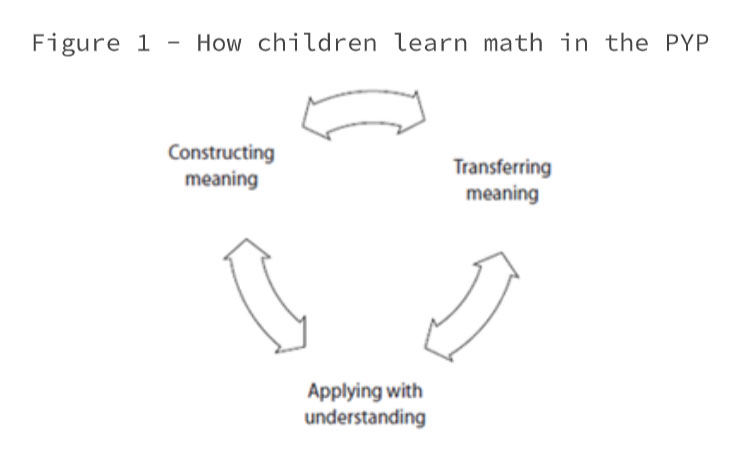
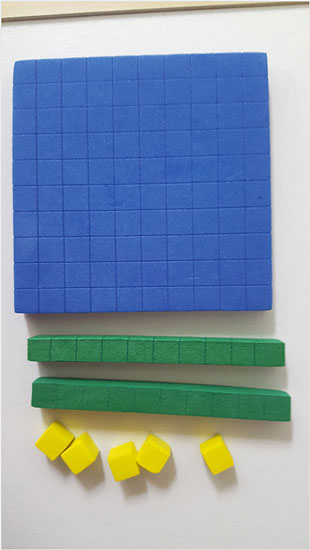
The PYP’s written, taught and assessed curriculum is highly visible within the eight “Standards for mathematical practice”, drawn from the Common Core State Standards as evidenced in the following table.
Students study the five strands of math in the PYP framework – data handling, measurement, shape and space, pattern and function, and number. The eight standards compliment the five strands. (International Baccalaureate Organization, 2009) (National Governors Association Center for Best Practices and Council of Chief State School Officers, 2010)Five Strands of PYP Mathematics
- Data handling
- Measurement
- Shape and space
- Pattern and function
- Number
Common Core Standards for Mathematical Practice
- Make sense of problems and persevere in solving them
- Reason abstractly and quantitatively
- Construct viable arguments and critique the reasoning of others
- Model with mathematics
- Use appropriate tools strategically
- Attend to precision
- Look for and make use of structure
- Look for and express regularity in repeated reasoning
Science, explaining the world around us

Living things
The study of the characteristics, systems and behaviors of humans and other animals, and of plants; the interactions and relationships between and among them, and with their environment.
Earth and space
The study of planet Earth and its position in the universe, particularly its relationship with the sun; the natural phenomena and systems that shape the planet and the distinctive features that identify it ; the infinite and finite resources of the planet.
Materials and matter
The student of the properties, behaviors and uses of materials, both natural and human-made; the origins of human-made materials and how they are manipulated to suit a purpose.
PYP Science Skills
A. Observe carefully in order to gather data
B. Use a variety of instruments and tools to measure data accurately
C. Use scientific vocabulary to explain their observations and experiences
D. Identify or generate a question or problem to be explored
E. Plan and carry out systematic investigations, manipulating variables as necessary
F. Make and test predictions
G. Interpret and evaluate data gathered in order to draw conclusions
H. Consider scientific models and applications of these models (including their limitations)
Forces and energy
The study of energy, its origins, storage and transfer, and the work it can do; the study of forces; the application of scientific understanding through inventions and machines.
Social Studies, exploring the world around us
Social studies skills
A. Formulate and ask questions about the past, the future, places and society
B. Use and analyze evidence from a variety of historical, geographical and societal sources
C. Orientate in relation to place and time
D. Identify roles, rights, and responsibilities in society
E. Assess the accuracy, validity and possible bias of sources
(International Baccalaureate, 2008)
Resources and the environment
The interaction between people and the environment; the study of how humans allocate and manage resources; the positive and negative effects of this management; the impact of scientific and technological developments on the environment.
School Structure
| Age by Sept 1 | Class | Phases Language (English) | Phases Math, Science, Social Studies, Fine Arts |
| 2 yr 8 mo | K2 | 1 | 1 |
| 3 years | K3 | 1 | 1 |
| 4 years | K4 | 2 | 1 |
| 5 years | K5 | 2 | 1 |
| 6 years | G1 | 3 | 2 |
| 7 years | G2 | 3 | 2 |
| 8 years | G3 | 4 | 3 |
| 9 years | G4 | 4 | 3 |
| 10 years | G5 | 5 | 4 |
Benefits of multi-age classrooms
- Building confidence, mentorship, and leadership in the older students
- Older students develop deeper learning when they share their understanding with younger students
- Older students model learning and behavior to the younger students which allows the younger students to understand what to do
- Children can develop at their own developmental pace regardless of what grade they are assigned to
- In a learner-centered multi-age classroom, students begin to take responsibility for their own learning and become life-long learners
- Children are viewed as unique individuals and the teacher can focus on each child according to his or her unique strengths



